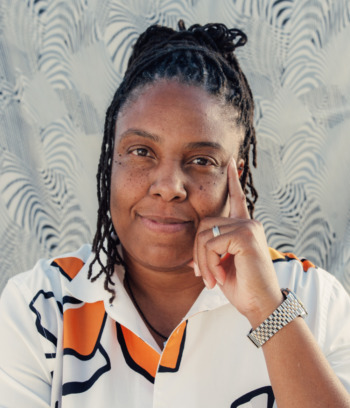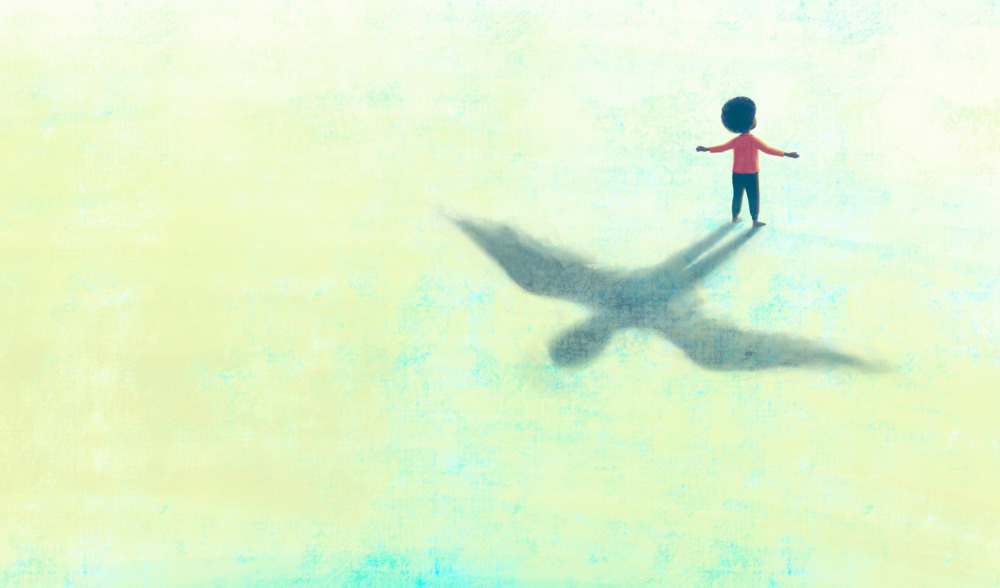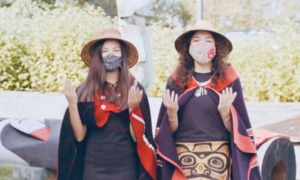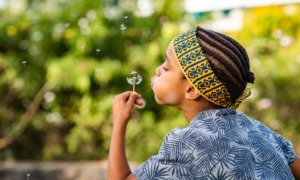We tend to proclaim ourselves healed after every major racial event. George Floyd’s murder sends “shockwaves” across the globe and we embark on what some called a “freedom summer” – a reckoning via protests, conversations, and a few reforms. But after the events of the last couple years, I still wonder if the right things are getting done.
How many times do we have to see Black pain as a result of the application of racist systems? How many times does the trauma have to parade across our timelines and nightly news channels before our humanity is understood? When is enough, enough? Despite decades of protesting, civil rights reforms, and creating shared spaces for safe dialogue, our pain had seen no remedy.
You may have seen the viral video of two young people fighting in a New Jersey mall – a Black boy pinned to the ground and forcibly handcuffed after mall security intervention while another boy, who is not Black, sits close by with the space he needs to think about what’s just happened. As I watched, I felt a familiar pang of disappointment. In less than two minutes, I’d seen a blatant affront to the progress made by Black-led organizations since before the summer of 2020.
Protect Black Children Now

courtesy of Youth Mentoring Action Network
Torie Weiston-Serdan, Ph.D is Chief Visionary Officer of the Youth Mentoring Action Network and The Center for Critical Mentoring and Youth Work.
No matter how much older we get or bigger we grow, we will all continue to need care, attention, assistance, and protection. So when we see events where a teen says, “I felt like they were treating him like he was superior to me,” as the boy, identified in news reports by his first name only — Kye — told CNN’s Don Lemon, we need to do more than simply comfort and listen.
In addition to hearing them out as they voice their feelings, protecting Black children now looks like diving into radical measures to rejuvenate them to revelation. From my perspective as a youth-focused professional, both boys should’ve been sat down and given the time and space to reflect on what they’d done. But for the Black teenager, extra care and attention should’ve gone to him, given the racial disparities he’s faced daily since long before he stepped foot into that mall. When it’s been shown that Black youth in the U.S. experience more illness, poverty, and discrimination than their White counterparts, the Black teen fundamentally needed more patience, care, and compassion. So then, we must prioritize his protection in those ways.
By providing our Black youth with more opportunities to be sincerely heard and more spaces for them to engage in unadulterated joy and discovery, we give them a better chance at navigating such situations. Kye said that he’d only been trying to help a friend when the argument escalated into something unexpected. Reimagining the scenario in a world that looks at Kye as a young teen in need of guidance first — not as an aggressive, fully-grown Black man — would be the appropriate next step in our recommitment to Black communities.
Changing the way we generally view our youth should be a natural process, where resources are allocated with their individual evolution in mind. When the “white” kid comes out and says that he doesn’t condone what happened and that he also doesn’t identify as white, then it’s obvious that the old systems are failing us so immensely that it looks bizarre to most everyone involved when antiquated solution-oriented tactics are applied.
Radically Reimagining Youth Work
Now more than ever, our children are experiencing international trauma, unfolding at their fingertips through mobile devices in real time. Our youth are struggling in ways we’ve never witnessed. Our resources, and the ways in which we apply them for their benefit, must also be radically reimagined. In order for us to radically reimagine youth work, we must continue to meet the youth where they are. We need to curate transformative spaces for healing-centered engagement. We need to focus on building healthy communities and destroying harmful systems.
Angela Davis said that “young people should be able to see further because they are standing on our shoulders.” It’s time for elders to strengthen those shoulders and to lift young people up.
Most of the time this means putting the resources directly available to us into the hands of young people as they find out how to best meet their own needs. Because collectively, we understand that this is an emergency. The time is now to let our youth lead the way.
Torie Weiston-Serdan, Ph.D is Chief Visionary Officer of the Youth Mentoring Action Network and The Center for Critical Mentoring and Youth Work. Follow her at @tweiston and learn more about the organization at yman.org.






























